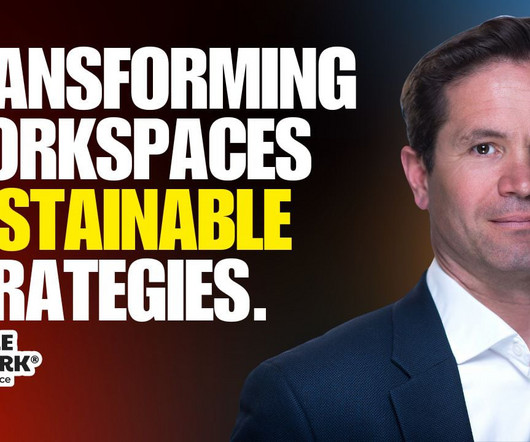Reaching Beyond The Desk: How Coworking Spaces Can Transform Communities
Allwork
MAY 25, 2023
But beyond this, flexible workspaces are now contributing to the community in a variety of ways, from helping to reduce the carbon footprint of daily commutes, to driving local economic growth and supporting local charity initiatives. Economic Flexible workspaces are also having a transformative effect on local economies.

















Let's personalize your content